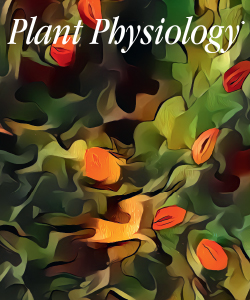-
PDF
- Split View
-
Views
-
Cite
Cite
James N. Siedow, Mark E. Girvin, Alternative Respiratory Pathway: ITS ROLE IN SEED RESPIRATION AND ITS INHIBITION BY PROPYL GALLATE , Plant Physiology, Volume 65, Issue 4, April 1980, Pages 669–674, https://doi.org/10.1104/pp.65.4.669
Close - Share Icon Share
Abstract
Oxygen uptake during the first hours of imbibition in intact soybean and mung bean seeds showed a marked sensitivity to potassium cyanide but was unaffected by addition of either salicylhydroxamic acid or propyl gallate. However O2 uptake by finely ground seed particles was very sensitive to the addition of either compound. The results indicated that O2 uptake in intact, imbibing seeds was associated with a cyanide-sensitive process, most probably mitochondrial mediated respiration, and not the result of the cyanide-insensitive lipoxygenase activity which was readily detectable in ground seed particles.
The antioxidant propyl gallate was found to inhibit specifically alternative pathway electron transfer in isolated mung bean mitochondria. Half-maximal inhibition occurred with 2 to 5 micromolar propyl gallate. Kinetic analysis indicated that propyl gallate inhibition of the alternative pathway occurred at, or very near, the site of inhibition of the alternative pathway by salicylhydroxamic acid.
A high level of lipoxygenase activity was found to be associated with washed mitochondria isolated from a variety of etiolated plant tissues. Most of this lipoxygenase activity could be eliminated from mung bean mitochondria if the mitochondria were purified on a discontinuous sucrose gradient. This indicated that the mitochondrial-associated activity was probably the result of nonspecific adsorption of lipoxygenase onto the mitochondrial membranes during isolation.
This work was supported by a grant from the National Institute of General Medical Sciences (United States Public Health Service GM26095-01) to J. N. S.



